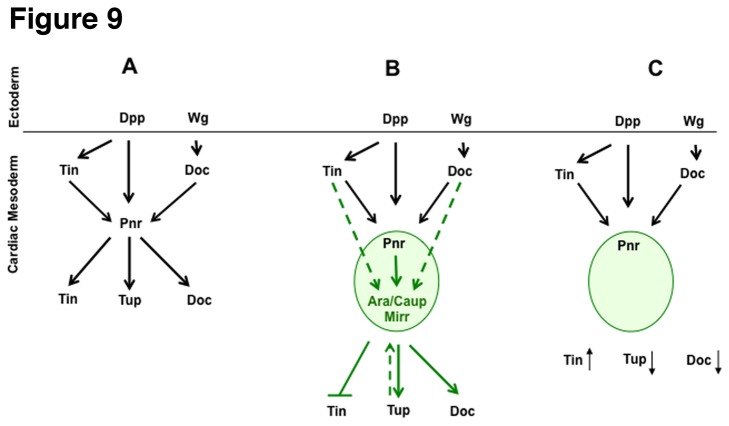Figure 9. The cartoons depict regulatory interactions between the cardiac transcription factors including the members of the Iro-C based on our initial analyses on their function in the early dorsal mesoderm.
For the sake of simplicity the cartoons neglect, for example, the different impacts of Ara/Caup and Mirr on the expression of the tested cardiac marker genes as well as additional regulatory interactions between the previously characterized factors. (A) In the previous model pnr was shown to be required for the maintenance of Doc, Tin and Tup in the cardiac mesoderm during stage 11. (B) Our data show that ara/caup and mirr act downstream of pnr or in combination with Pnr protein to regulate cardiac gene expression (specifically, to maintain Tup and Doc expression). Since Iro-C mutants were characterized by the presence of additional Tin-expressing cells, it appears that Iro-C is normally required to restrict the number of Tin-positive cells at stages 11/12. (C) In the absence of Iro-C Pnr is not sufficient to maintain Tup and Doc expression. The fact that we observe additional Tin-expressing cells could result from an earlier pnr-independent event in which Iro-C is involved. (A-C) Black arrows depict known interactions, green arrows depict our results, dashed arrows indicate the possibility that Tin, Doc and Tup could regulate Ara/Caup and Mirr directly without the involvement of Pnr.

